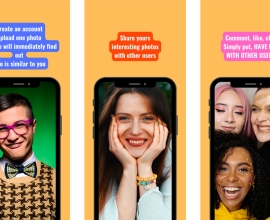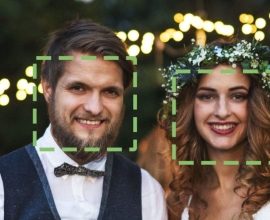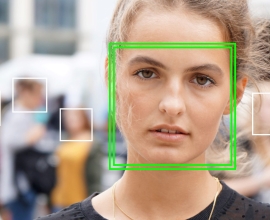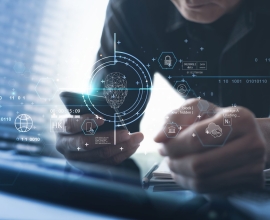For many people, mention facial recognition and they will automatically think of Face ID, the Apple system that enables iPhone and iPad users to securely unlock their phones, authenticate payments and sign in to apps and websites.
Does Face ID use facial recognition, and what are the other uses of facial recognition systems?
What is facial recognition and how is it used?
Facial recognition technology is defined by the Algorithmic Justice League as a set of digital tools used to perform tasks using images or videos of a human face. These tools can roughly be separated into four categories based on their use.
Types of Facial Recognition
- Detecting a face within an image
- Analyzing what kind of face and facial expressions are within an image
- Identifying whose face is in an image
- Verifying whether a face within an image matches a known person’s face
What is Face ID and how is it used?
Apple’s Face ID was first released in November 2017 for the iPhone X and has been featured in many iPhones and iPads subsequently. The hardware for the Face ID uses three distinct modules; a dot projector that displays over 30,000 invisible infrared dots, the flood illuminator that shines infrared light, and the infrared camera that takes the image that is used to generate a 3D facial map.
Face ID enables users to benefit from biometric authentication, a secure and fast method for keeping devices safe from being accessed by unauthorized individuals. One of the primary uses of Face ID is to unlock a user’s phone. An image of the person shall be taken and a 3D facial map is generated. The facial detection system will then analyze whether this image is sufficiently matched to the known images of the verified user. Facial verification technologies can return four results, these being:
- True Positive – The query image matches the specific identity
- True Negative – The query image does not match the specific identity
- False Positive – A wrong person is deemed to be a match
- False Negative – The correct person is incorrectly deemed not to be a match
Apple claims that the Face ID system has a one in a million false positive rate, compared to the previous Touch ID system that had a false positive rate of one in 50,000. One of the safety features of the Face ID system is the attention requirement, which requires the user to have their eyes open and be facing the camera to unlock the phone. This helps to protect against nefarious unlocks of the face.
Apple’s Face ID is trained to verify the owner’s face using a specific setup process. The device’s TrueDepth camera is used to capture an in-depth face scan. The user is prompted to remove any facial obstructions, such as glasses or a face mask. They are instructed to hold their phone approximately 10 to 20 inches away from their face to ensure the most accurate results. When it comes to actually generating the face map, the user will be asked to gently move their head around in a circle twice, helping the infrared camera to map all parts of the face.
Face ID has been designed to still recognize and verify the correct user, even if they are wearing something like a hat, scarf, or contact lenses. A software update for iOS 14.5 enabled Face ID to recognize a face wearing a face mask, but only if the user is wearing an unlocked Apple Watch.
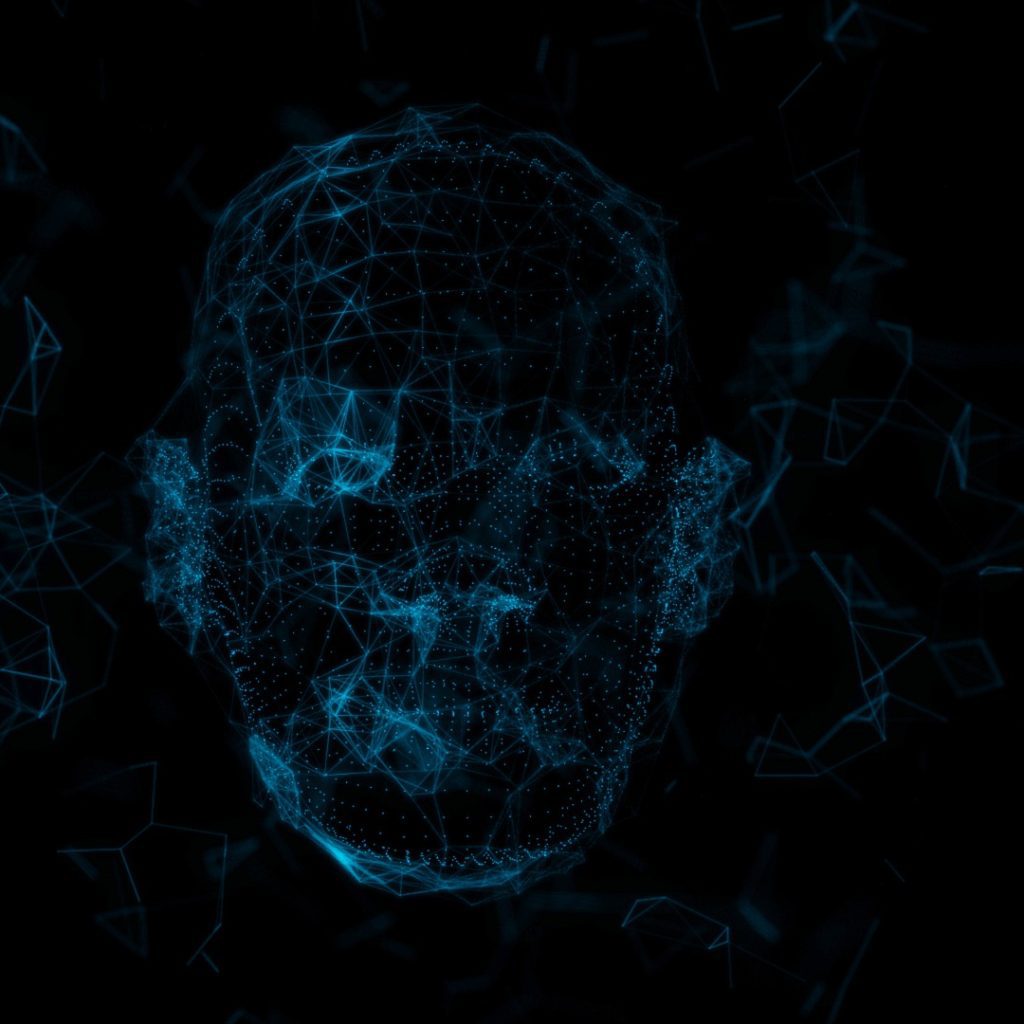
What is the difference between Face ID and Facial Recognition?
Face ID is Apple’s biometric solution that uses facial verification, which is just one subfield of facial recognition. Facial recognition itself has many different uses and applications, powered by the usage of matching a human face from an image or video to a database of faces.
Systems designed to identify faces follow a similar process to how a human would process a face, according to Katharina Dobs from the Cognitive Neuroscience division of MIT. “The human brain’s solution is to segregate the processing of faces from the processing of objects … and that’s the same solution that we hypothesize any system trained to recognize faces and categorize objects would find.”
Using SkyBiometry for Facial Recognition Tasks
SkyBiometry is a cloud-based Biometrics API that is used by developers for face recognition and detection tasks. The most common applications that SkyBiometry API is currently used for are to develop tailored advertising campaigns, for photo database organization, and for advanced security authentication.
It is free to get started with the SkyBiometry API, you simply need to select the API functionalities that you need and you are good to go. In addition to the free plan, there is a selection of paid plans that unlock key capabilities and functionalities for facial recognition at scale. Visit our dev center to get started with your facial recognition project!



